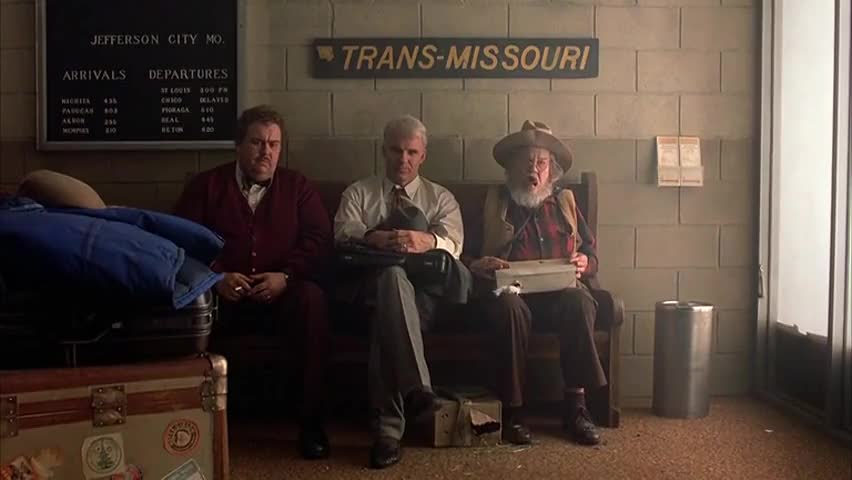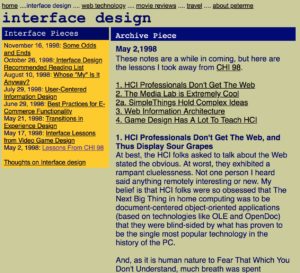I’m in week 4 of a 5-week European vacation with my family. We’re definitely part of the “revenge travel” movement this summer—a trip we had originally begun planning two years ago we were finally able to take. Out on the road (or, really, the rails… we’re mostly moving about by train), there are some things I’ve seen and learned, and thought I’d share, in case you’re planning similar travel.
Europe is hot in the summer (even June); get lodging with air conditioning
As folks who follow me on Twitter know, I’ve been whingeing about the general lack of air conditioning throughout Europe—absent in many hotel rooms, transit, semi-public spaces like museums, restaurants, etc. Many Europeans insist that Americans are just soft baby humans who need climate control. Whereas I believe that if it’s over 30C (86F), it’s not unreasonable to want to cool off. And literally everywhere we’ve been, including Naples, Rome, Turin, Vienna, Prague, and Berlin, it’s been around 30C if not much higher.
Whether or not this is typical (climate change seems to have been a factor), I’m guessing this is the new normal. And if you want to sleep comfortably, you’ll want to find lodging with air conditioning. I didn’t, and many nights slept without covers to try to manage.
Internet and mobile phones are both a boon and a curse for travel planning
Part 1: Book your lodging well in advance; the era of show-up-and-find-a-place is over
A month or two out, I asked friends for lodging suggestions. As I looked into them, I found that many were already booked. The internet makes it trivial to find and reserve rooms. Regardless of Rick Steves’ advice to not over plan and be flexible and find a cute little pension as you roll into town… that’s just not how it works any more. Every city is fully booked, many weeks in advance. If you want to stay in quality digs in an interesting neighborhood, you’ve got to plan far ahead. Now, many of these places provide flexibility, and I suspect what’s happening is people are booking multiple options, and then canceling some of them as their itinerary settles. If I were to plan this again, that’s what I’d do.
Part 2: Desirable attractions are also booked well in advance
We wanted to see some popular places: Pompeii, the Colosseum in Rome, etc. Availability was already constrained over a month out. So I started booking other things early, too: museums, certain tours. It’s frustrating, because plans may change (especially in the era of Covid), but if you don’t, you’ll basically just be wandering the streets. For example, tickets for the Anne Frank House are sold out for the next three weeks.
Part 3: Pay for an international data plan; Google Maps, etc. are a godsend
The griping of the first two parts notwithstanding, having a mobile device with a full data plan ($50 for 30 days on T-Mobile) has made navigating these cities so much easier than anything I recall from my guidebook-based trips, particularly handling transit. In the past, I always found managing trams, trains, buses, etc., daunting. Now, with Citymapper (or Google Maps), I can get around easily.
Additionally, we’ve found great places to eat by looking at Google Maps, seeing what’s “open now,” and restricting the search to 4.5 stars and above. No more going only to the 20 places listed in the guidebook, or hoping that the place you stumbled into doesn’t suck.
Oh, and Google Translate’s camera has been hugely beneficial for understanding menus, information signs, etc.
Because of the phone, we’ve hardly ever bothered with the guidebooks we brought. They were helpful to set some context, but they always remained back in our lodging.
Trains are great
Apart from a flight from Paris to Naples, every other leg of this trip has been by train. And it’s by-and-large been great. Yes, there were the occasional delays (thankfully, never for a trip that required a connection), but the ease of rolling into a station, stumbling onto your train, sitting for 3-4 hours, and then rolling off again in a new city, just cannot be beat. For every transition between cities, we’ve found a train that leaves between 9:30-11am, and typically arrives in the afternoon, which also makes it perfect for checking out of one hotel and then in to the next.
GodDAMN I wish the US had a decent train network.
Visit Vienna
Of all the cities we visited, the most surprising was Vienna. I knew to expect Prague and Berlin to be interesting, vibrant cities. All I knew about Vienna, on the other hand, was palaces, classical music, and the movies The Third Man and Before Sunrise. So, we only budgeted two full days. Easily my biggest regret—Vienna is a thriving, large, modern city. It had my favorite museum so far (Museum of Applied Arts, or MAK), an excellent street food scene, quality restaurants, and, well, just plenty to do. So, even if you’re not a fine arts, classical music, palaces kind of person (as I am not), this is a city worth your time.
Visit Prague off-season and during the week
We showed up in Prague on a Friday afternoon. The rest of the weekend, we were surrounded by mobs of tourists, and what I learned is that Prague is where the rest of Europe goes to get drunk cheaply and PARTY. It’s disheartening, as this is a city rich with history, culture, and natural beauty, but it seems that the majority of visitors just want cheap beer.
When I return (which I hope to do), I’d go off-season (spring or fall), and try to avoid weekends.
Visit Turin
Of all the cities we’ve been to, this was the least touristy—tucked away in the northwest corner of Italy, near the Alps, it gets overshadowed by Milan, an hour train ride to the east. But our family really dug Turin, in large part for it being lower-key, while still providing plenty to see (film museum, Egyptian museum, a surprisingly good automobile museum), great food (the Argentinian dinner we had at El Barrio is still among my favorite on this trip), and beautiful scenery.














